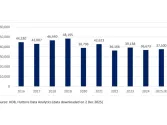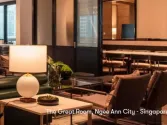
Singapore department stores shrink, add dining and wellness
Social media and e-commerce are raising shopper expectations.
Singapore’s department stores are shrinking in size but widening their mix to include dining, wellness, and experiential retail as online shopping accelerates and foot traffic falls.
“Department stores like Robinsons, BHG, Isetan and Metro have downsized,” Sulian Tan-Wijaya, executive director of retail and lifestyle at Savills Singapore Pte Ltd., told Singapore Business Review. “There is a gradual shift from the traditional multi-brand department store format to more curated lifestyle concepts to keep up with changes in customer preferences.”
At Tang Plaza, the basement of TANGS has been converted into a Hawkers’ Street featuring heritage food, including Michelin-recognised stalls.
Specialty anchors such as Don Quijote Co. Ltd. now blend shopping with dining, whilst NTUC’s FairPrice Finest at Clarke Quay has reimagined its supermarket into a Grocer Food Hall, where shoppers can choose fresh meat or seafood and have it cooked on-site.
Fashion is also leaning into lifestyle. The Editor’s Market at Takashimaya incorporates café concepts inspired by Korean coffee culture, drawing in younger shoppers.
Tan-Wijaya said the changes reflect persistent pressures on the sector. High operating costs, rising rents, and competition from e-commerce are pushing traditional players to adapt.
“Inventory-heavy models are far less agile compared with fast fashion or D2C (direct-to-consumer) brands, and intense competition from e-commerce, social commerce, and specialty retailers is eroding their role as one-stop destinations,” she said in an emailed reply to questions.
Ashutosh Awasthi, director of Kadence International, said the sector’s real challenge is innovation. “The real challenge is not about increasing cost. These are implications or outputs of the pace of innovation,” he said.
Online platforms, he said, are deploying artificial intelligence (AI)-driven recommendations, virtual try-ons, and personalised experiences, whilst physical stores lag behind. Consumers now expect interactive, immersive services.
“Shoppers now expect personalised services, whether it’s a style consultation or a live demonstration, but the experience must be more interactive, immersive and convenient,” Awasthi said in an emailed reply to questions. He added that social media and the ease of e-commerce are raising shopper expectations.
Singapore’s department stores are experimenting with pop-ups, workshops, artisanal brands, interactive displays, and smart fitting rooms.
“I’ve come across a few stores in Singapore where they offer interactive displays throughout the store—you could just scan the product and it’ll give you further information through your smartphones,” Awasthi said.
Regional peers provide inspiration. Japan’s Isetan Mitsukoshi Holdings Ltd. have integrated luxury food halls and cultural events, whilst Korea’s Hyundai Department Store Co. Ltd. and Lotte Corp. feature art galleries and rooftop gardens.
Tan-Wijaya said Singapore retailers should follow suit with rotating brand showcases, exhibitions, celebrity appearances, and sustainability-focused sections selling pre-loved designer apparel.


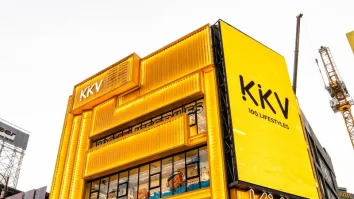
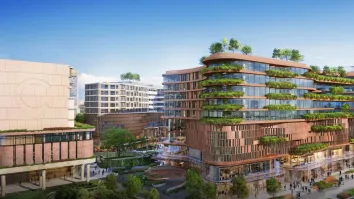


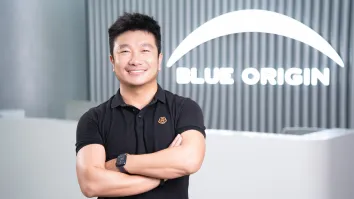



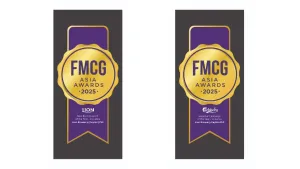






 Advertise
Advertise
